In business, first impressions matter. Whether it’s a client, investor, or partner walking through your doors, the reception area sets the tone for how they perceive your company. More than just a waiting space, this area is a reflection of your brand identity and corporate culture. In Singapore, where office design plays a crucial role in business image, a well-thought-out reception can establish trust, professionalism, and a strong brand presence.
Designing for Impact: The First Look Matters
Your reception area is the first visual cue visitors receive, so it should align with your company’s values and personality—whether that’s sleek and modern, classic and sophisticated, or creative and dynamic. Every design choice here shapes perception.
Brand Identity at a Glance
Every element in your reception area should reinforce your brand. From color schemes and materials to furniture and décor, these elements should create a cohesive, recognizable aesthetic.
- A tech firm might opt for futuristic lighting, digital displays, and minimalist furniture.
- A law firm may favor classic wooden finishes, elegant lighting, and neutral tones for a professional feel.
- A creative agency could embrace bold colors, unconventional furniture, and inspiring artwork.
Strategic Use of Color
Color psychology plays a key role in setting the mood.
- Blue conveys trust and professionalism—ideal for corporate offices.
- Green promotes balance and relaxation—great for wellness-oriented companies.
- Red is energetic and attention-grabbing, often used to evoke excitement.
By choosing colors that align with your company’s message, you create an environment that instantly resonates with visitors.
Creating a Welcoming Atmosphere
Beyond aesthetics, a reception area should feel inviting. Thoughtful design choices can enhance comfort and make guests feel valued.
Comfortable Seating
A stylish yet comfortable seating arrangement sets a welcoming tone.
- Ergonomic chairs ensure visitors remain comfortable, even if they have to wait.
- Plush sofas create a more relaxed, hospitality-like environment.
- Strategic seating arrangements help define personal space without making the area feel disconnected.
Lighting That Enhances Mood
Lighting plays a significant role in the ambiance.
- Natural light creates an open, inviting feel.
- Soft ambient lighting prevents the space from feeling harsh or clinical.
- Accent lighting can highlight key design elements, like artwork or brand signage.
Managing Acoustics for a Calming Experience
A noisy reception area can feel chaotic. Incorporating sound-absorbing elements—such as carpets, upholstered furniture, or acoustic panels—helps minimize distractions and maintain a calm atmosphere.
Functionality Meets Design
A visually stunning reception should also be practical. The layout should be intuitive and support seamless operations.
Clear Signage for Easy Navigation
Visitors should be able to navigate the office effortlessly.
- Digital directories provide real-time updates on office locations.
- Well-placed signage helps guide guests without confusion.
- Subtle wayfinding elements like floor markers can assist without overwhelming the space.
Tech-Integrated Solutions
A modern reception area should incorporate technology for a smooth experience.
- Self-check-in kiosks or digital visitor management systems streamline the check-in process.
- Smart notifications alert staff when guests arrive, improving efficiency.
- Wi-Fi access points ensure guests stay connected while they wait.
Clutter-Free Organization
A reception area can easily become cluttered. Hidden storage solutions, sleek filing cabinets, and well-designed reception desks keep the space tidy and professional-looking.
Elevating the Experience with Personal Touches
A truly impactful reception area doesn’t just look good—it makes visitors feel something. Adding thoughtful details can leave a lasting impression.
Incorporating Local and Cultural Elements
In Singapore, integrating local design touches can make the space feel more connected to its surroundings.
- Peranakan patterns in wall art or upholstery add a cultural nod.
- Natural materials like rattan or wood create warmth and texture.
- Local art pieces can serve as conversation starters and reinforce your company’s identity.
Art and Décor That Speak to Your Brand
Artwork and decorative elements should complement your company’s ethos.
- A statement piece in the reception area can serve as a focal point.
- Subtle decorative elements like sculptural accents or stylish greenery add warmth without clutter.
Biophilic Design: Bringing Nature Indoors
Natural elements contribute to a sense of calm and well-being.
- Indoor plants and green walls improve air quality and aesthetics.
- Wood, stone, or other organic materials add a natural, grounding effect.
- Water features can create a soothing ambiance, reinforcing a tranquil environment.
Your Reception Area as a Brand Statement
As the first and last touchpoint for visitors, the reception area plays a crucial role in shaping perceptions. Thoughtful design that balances aesthetics with functionality ensures a welcoming, professional, and memorable experience.
In Singapore’s competitive business landscape, a well-designed reception isn’t just about looks—it’s a strategic investment in your company’s image. By combining smart space planning, modern technology, and personalized design elements, businesses can create a reception area that reflects their brand while making every visitor feel valued.












.svg)


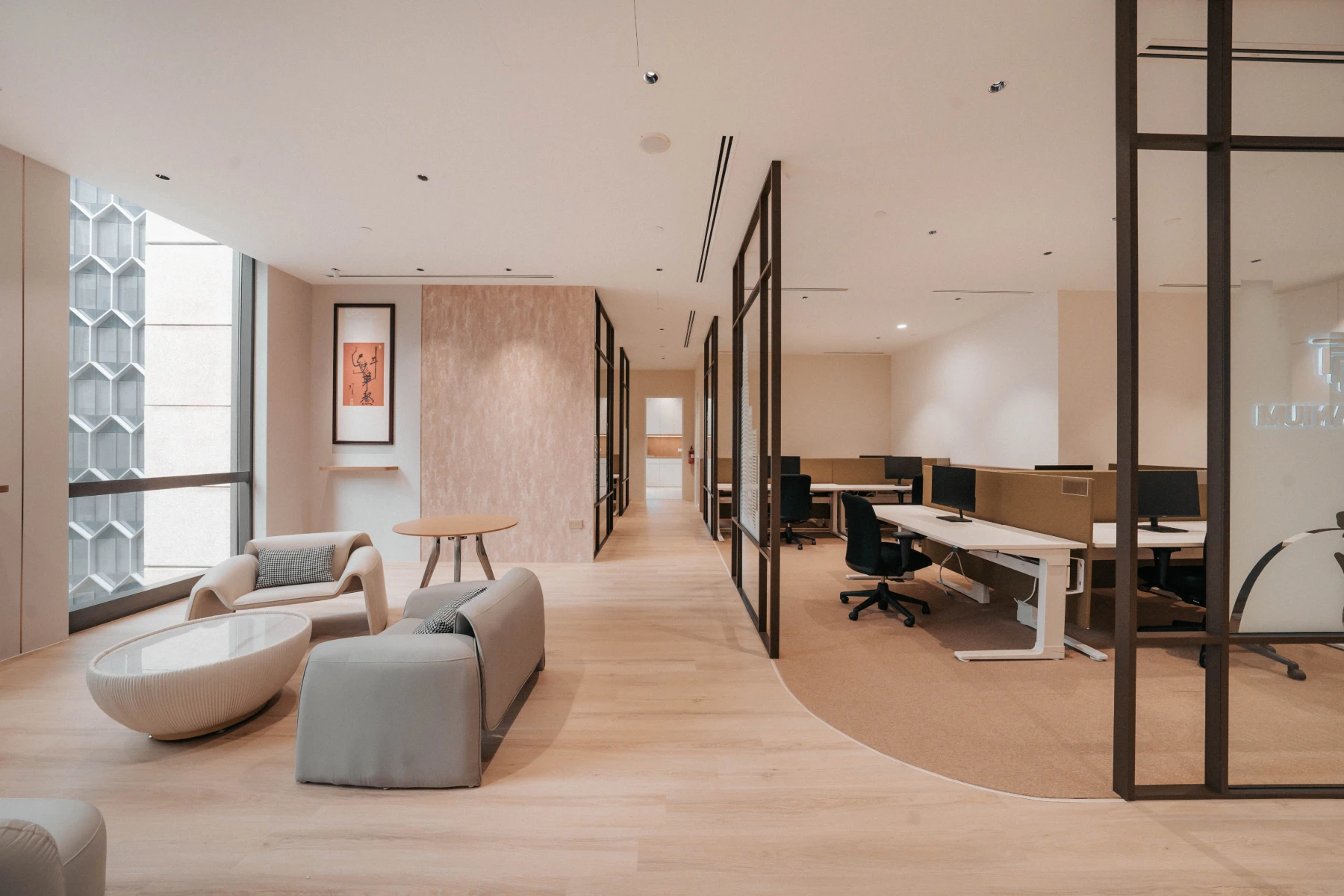
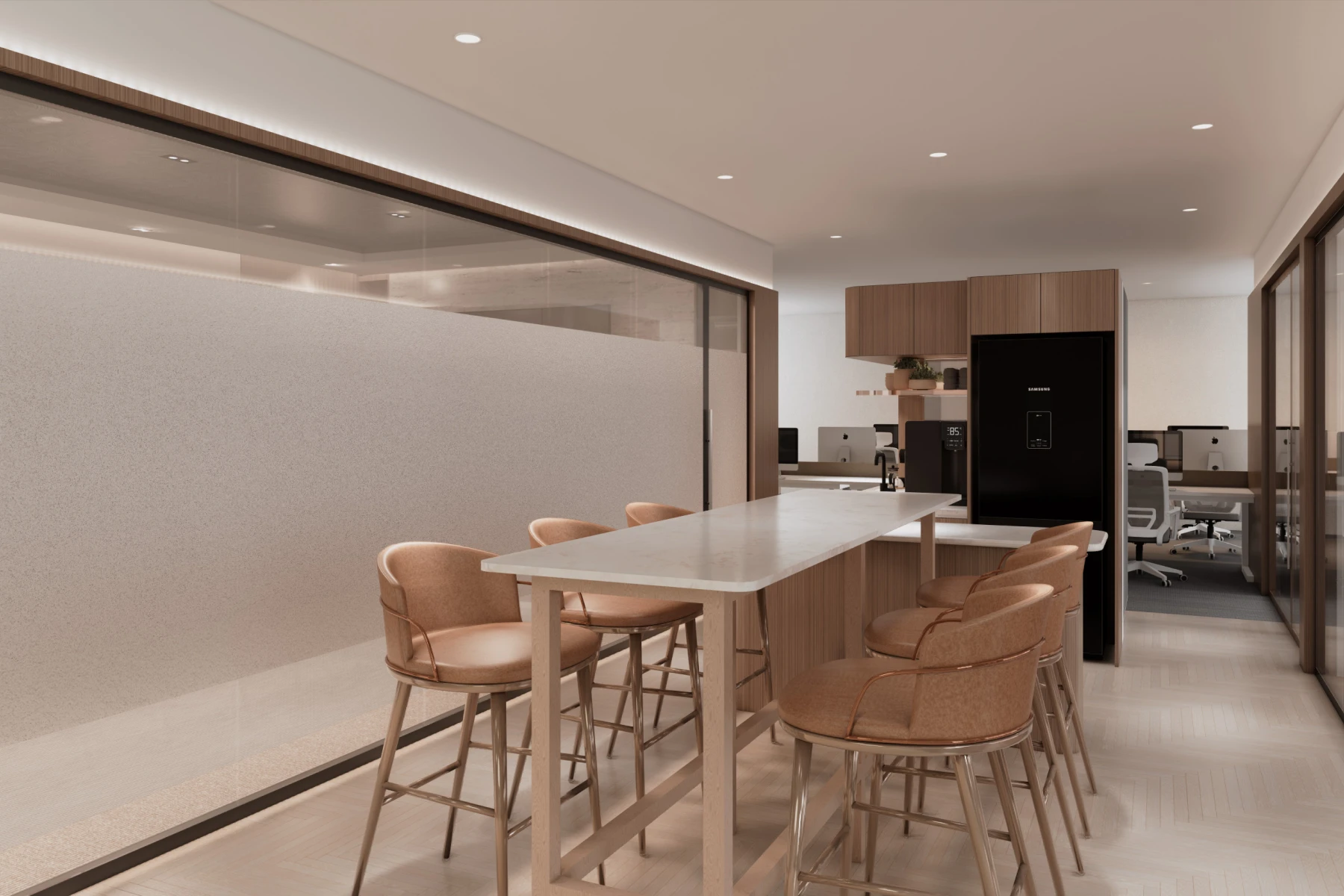
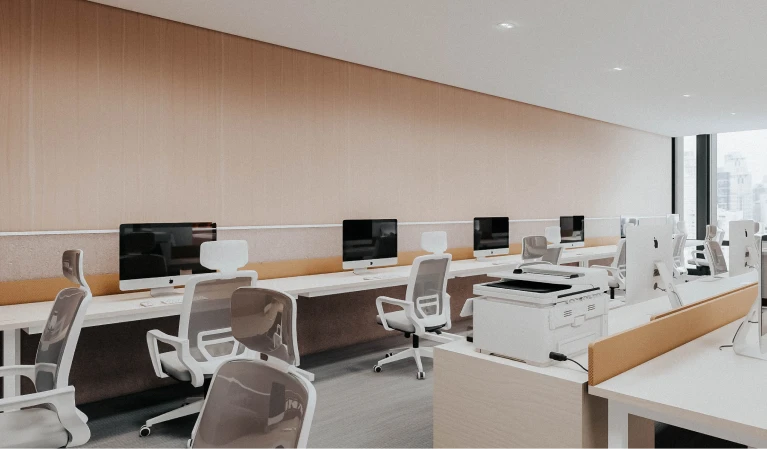
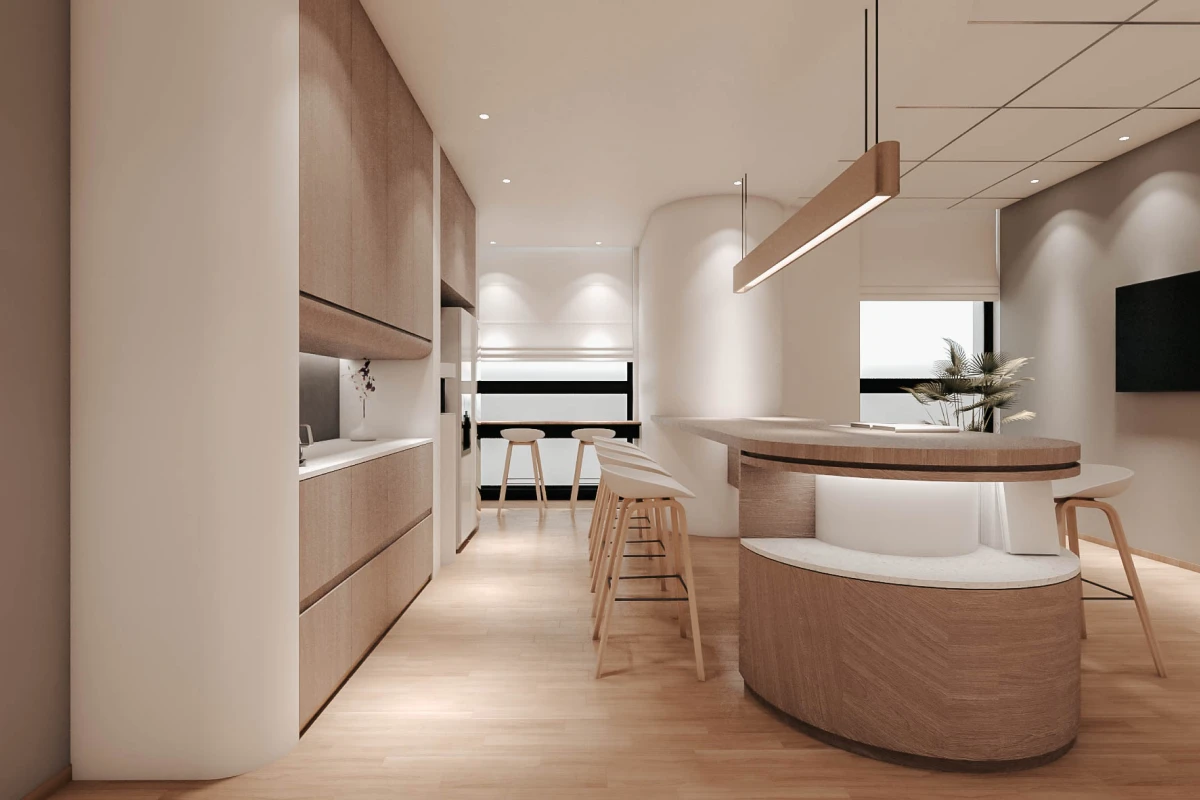
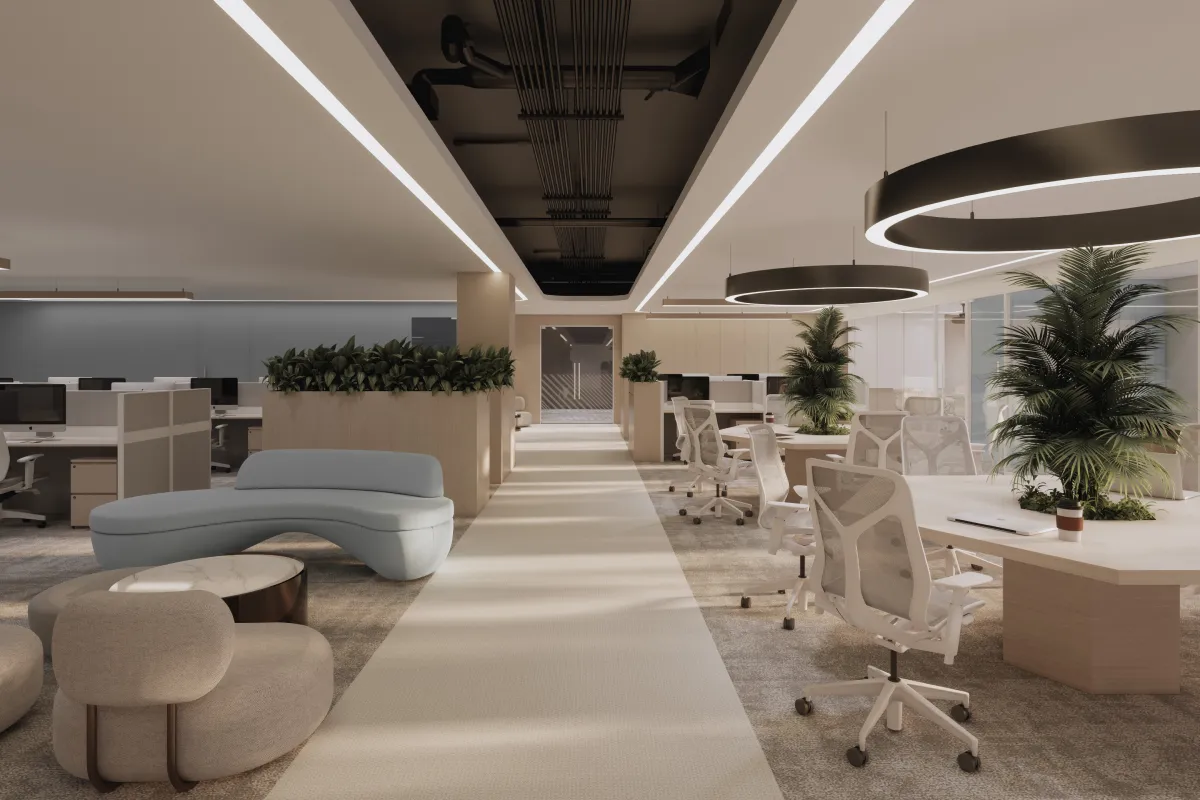
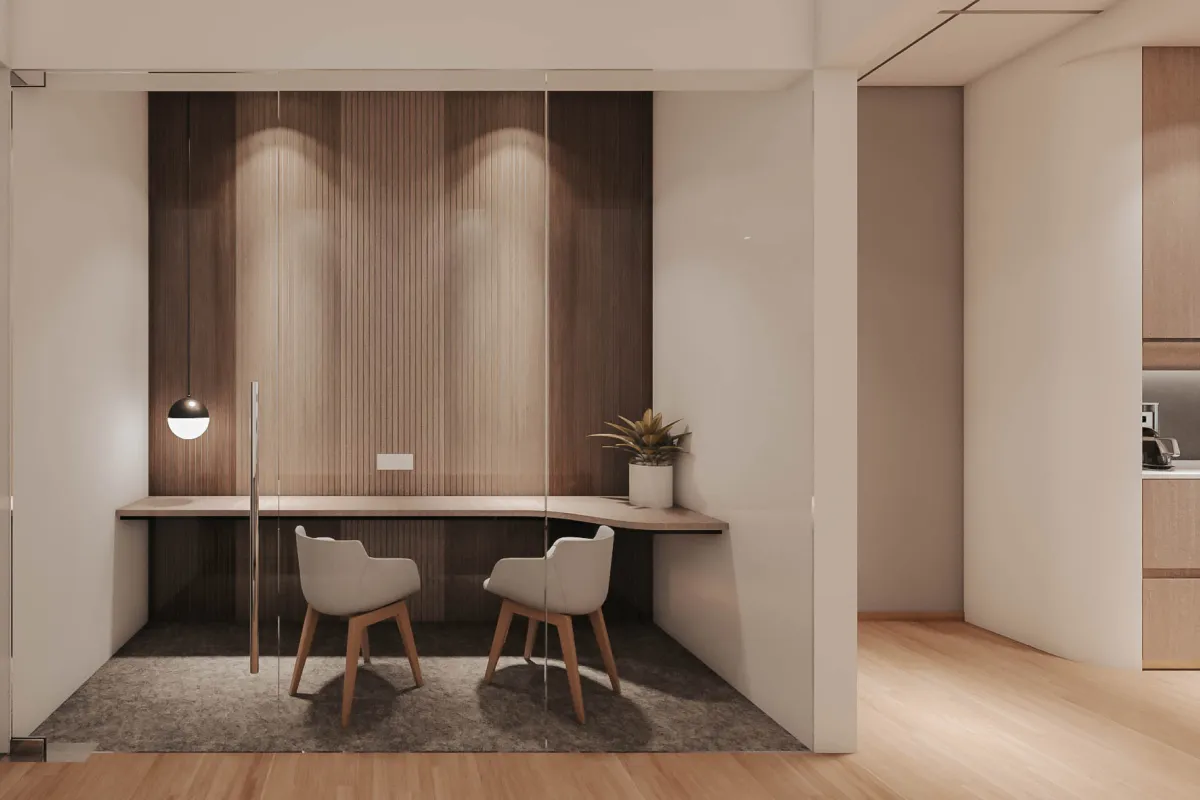
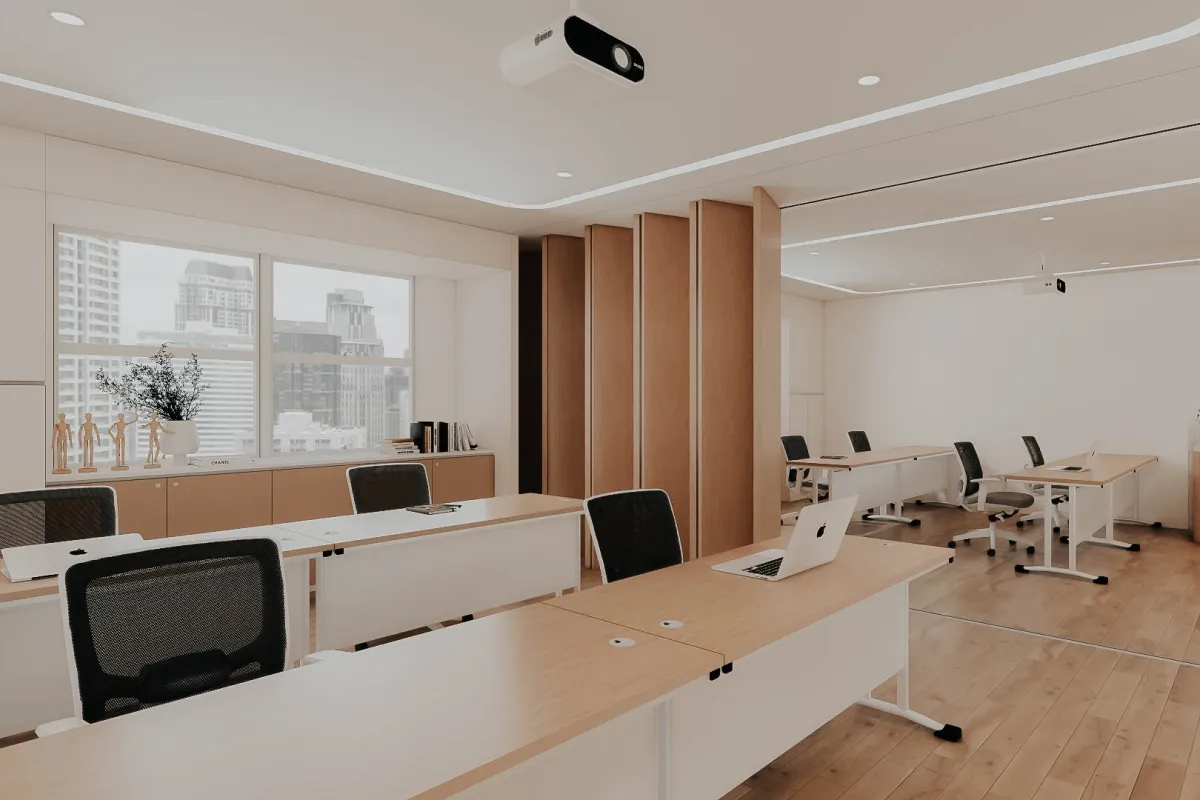
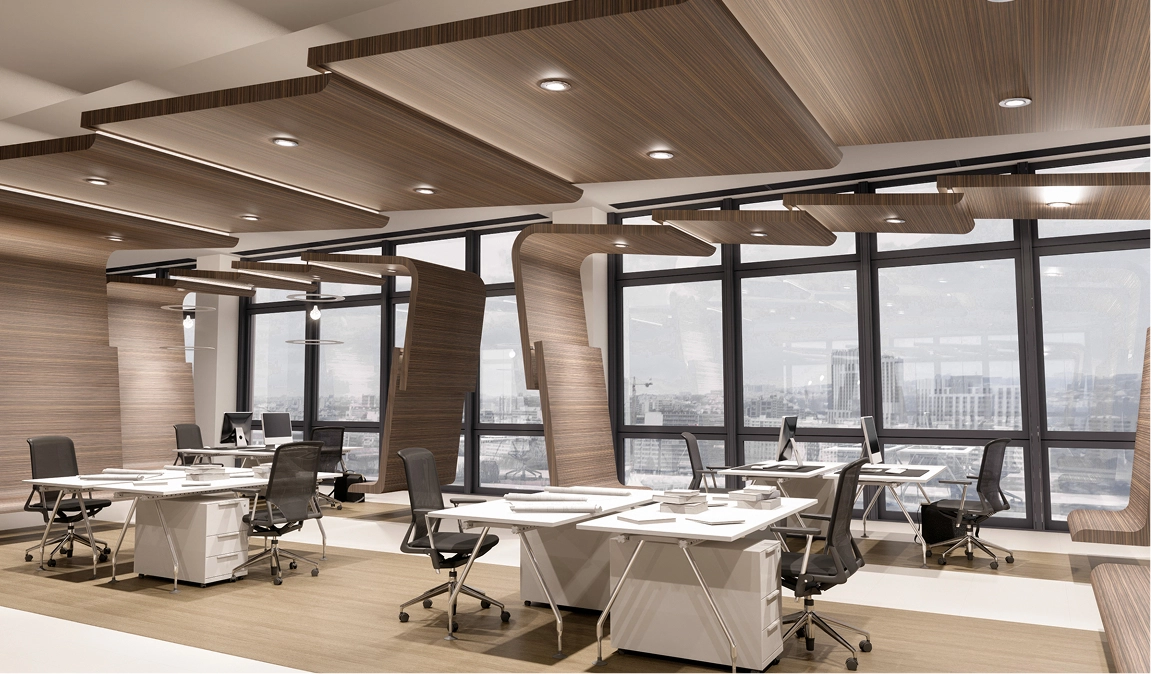
%201.webp)
.png)





